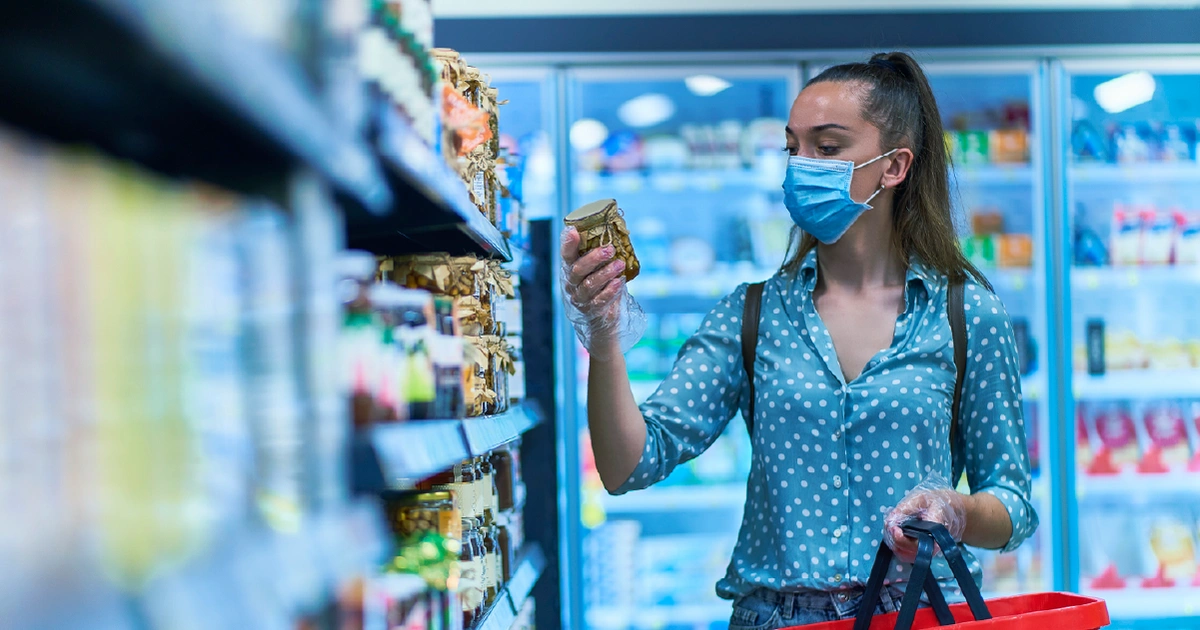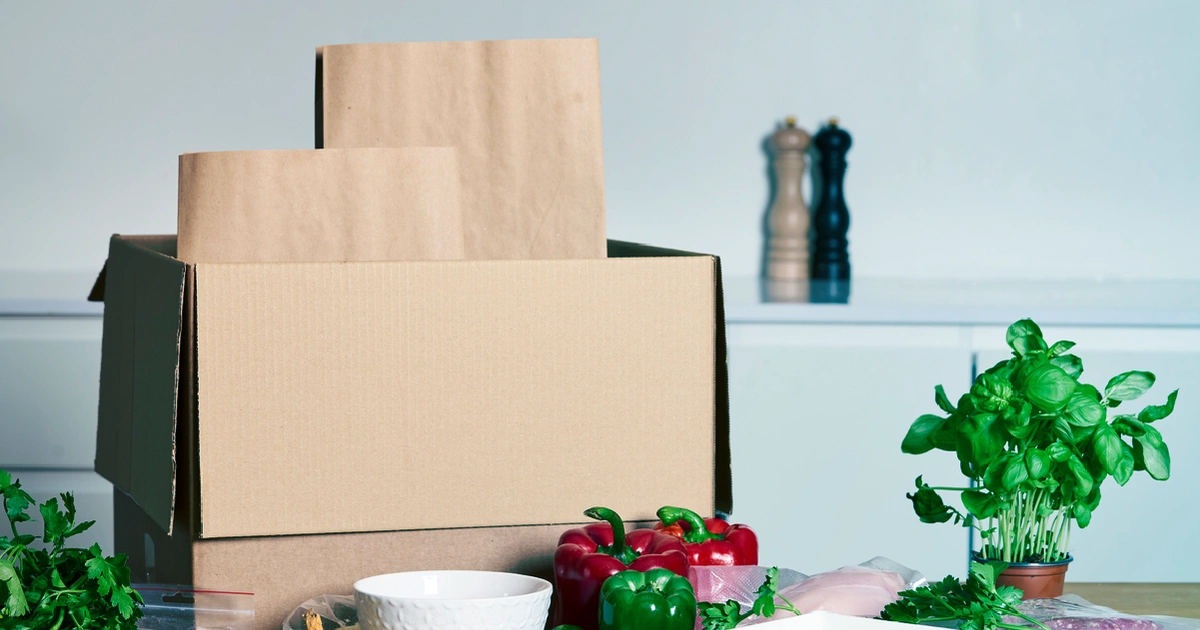
What's in store for CPG food and beverage manufacturers in 2021?
Food for thought
While everyone is anxious to close or should I say, slam the door on 2020, there will certainly and unfortunately not be, a ringing in of immediate change or a return to life as we knew it with the new year. The impact of the pandemic is expected to have long-term effects and understanding this along with planning and getting ahead of this, could be the difference between a business surviving or closing its doors. What will 2021 look like for CPG manufacturers of food and beverage? To shed some light, here is some food for thought. Physical vs. Virtual Grocery Basket.

1) Physical vs. Virtual Grocery Basket
In February of 2020, Forbes reported that “Traditional grocery retailers are winning back customers, and not because of pickup or delivery. They went on to say, “…customers by far prefer to do their grocery shopping the old-fashioned way: in a store.” In sharp contrast and just two months later, this notion was flipped on its head. Forbes stated that according to the Adobe Digital Economy Index, “…grocery orders placed online for store pickup from February 24 to March 21, rose 62% over the same period last year.”
You may be asking yourself, at what pace will the physical grocery basket shrink while the virtual one expands? In some categories, I believe that the pace will continue to increase in the virtual store: drug, general merchandise, and hygiene products. Other products, especially those that are fragile, refrigerated and replaced frequently, will continue to be purchased in store: meat, produce, milk, eggs and the like.
The virtual basket will continue to expand demographically. Convenience has become a behavioral change that we are growing more and more accustomed to. The shift in senior purchases online will continue. Seniors who once saw shopping as a destination or an event have been required to try virtual shopping. Lo and behold, they discovered that they liked it and want to continue to shop this way. In addition, there are products that might be embarrassing to buy in store, for example, incontinence products. Now this can be avoided with ecommerce.
The physical basket won’t go away but there will be a continued shift and emphasis on the virtual basket. Manufacturers must determine how to promote their products because merchandising conditions are and will continue to be different. Base, incremental and impulse buys such as gum and candy will decline.

2) Restaurants: Recovery and Reopening will be Sluggish
Startling statistics are coming out about restaurant survival rates. Nation’s Restaurant News, November 2020, states, “With no added support, 40% of surveyed operators expect they will be unlikely to be in business 6 months from now.”Restaurateurs and restaurant groups are facing challenges never dreamt of prior to the pandemic and have been tasked with innovating and developing new ideas quickly to survive. Outdoor seating where there was none is one trend that takes on limitations or restrictions placed on indoor dining; however, many cannot maintain this profitably nor can they do so even with heaters and tents during the colder weather.
Vincent Comunale, director of operations and beverage for Harvest Restaurant Group decided to manage cashflow by unloading wine cellars. Wine cellars can take restaurants years to build. Comunale was able to start selling wine reserves with to-go orders. They were able to reduce total overall inventory by 30-40% at some of their locations. Virtual wine tastings, Somm kits, and to-go spirits and cocktails are just a few of the ideas being pursued.
On the flip side, the National Restaurant Association (NRA) released the results of a survey in September stating that 100,000 establishments have closed permanently or long-term. The NRA predicts that nearly $240 billion in sales will be lost by the end of 2020. How much of the business will come back/reopen? It certainly won’t be 100%. An unknown number won’t survive. Will Congress help with restaurant relief packages, PPP and stimulus?
It may be time to shift your focus away from this channel to a focus on the growth of retail business. What are the options? If you choose to sell in more SKUs for distribution, retailers may say that’s going to cost you. The difficult question is, can you spend the money to do this? You may need to consider reducing operating expenses or perhaps personnel. I believe that manufacturers will look for opportunities to prevent a reduction in operating expense and many will refocus resources to another channel.

3) Grocery Retailers: Appetite to Increase Meal Kits
COVID, in many households, is synonymous with I’m so tired of planning and preparing meals! Meals that are delivered and meals that are provided as kits with all of the ingredients for you to put together is becoming more and more appealing. Grocery retailers are also offering kits that you put together, for example, crockpot meals.
Stats from Grandview Research on Ready-to-Eat (RTE) meals predicts a CAGR of 5.5% by 2027. The need for convenience has been compounded with boredom and risk in grocery store trips due to restrictions and even lockdowns placed on countries around the world. The pandemic is driving subscriptions to reach a predicted $20 billion by 2027 according to Grocery Dive.
Online meal kit platforms are expected to grow the fastest at 13% by 2027. The competition for online meal kits is also growing: Blue Apron, Home Chef, HelloFresh, Dinnerly, Purple Carrot, Sun Basket, Gobble, Hungryroot, EveryPlate, Green Chef, Epicured, and Freshly are among the most popular. According to PYMNTS.com, affordability is key to retaining and attracting new customers in RTE.
Food manufacturers should strongly consider this as another channel to plan for in 2021. If the opportunity is viable as a supplier, especially within your current supply chain and without significant CAPEX, consider partnering with an existing seller. Or, as a low-risk option, consider partnering with a brand, such as a restaurant chain, and then co-pack the product with minimal impact to your supply chain.
Get the latest news, updates, and exclusive insights from Vistex delivered straight to your inbox. Don’t miss out—opt in now and be the first to know!